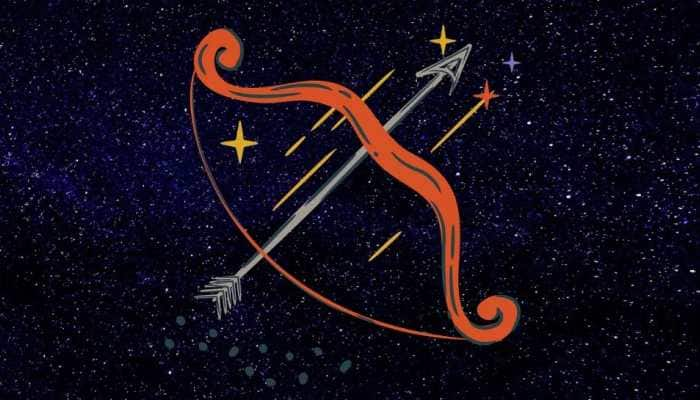Giant asteroid to fly 'very close' to Earth on April 19: Five things to know about upcoming approach of space rock
According to NASA, the space rock, a near-Earth asteroid, will fly by Earth at a safe distance of about 1.1 million miles (1.8 million kilometres), or about 4.6 times the distance from Earth to the moon.
Trending Photos
) Image credit: NASA
Image credit: NASA New Delhi: On April 19, a giant asteroid is hurtling toward our home planet, but scientists say there's no need to panic because it will fly safely past the Earth.
According to NASA, the space rock, a near-Earth asteroid, will fly by Earth at a safe distance of about 1.1 million miles (1.8 million kilometres), or about 4.6 times the distance from Earth to the moon.
The asteroid, known as 2014 JO25, was discovered in May 2014 by astronomers at the Catalina Sky Survey near Tucson, Arizona - a project of NASA's NEO (near-Earth object) Observations Programme in collaboration with the University of Arizona.
Although there is no possibility for the asteroid to collide with the Earth, the upcoming approach will be "very close" for an asteroid of this size.
Here are five reasons why you should care about April 19's asteroid flyby:
- Although small asteroids pass within this distance of Earth several times each week, according to NASA, this upcoming close approach is the closest by any known asteroid of this size, or larger, since asteroid Toutatis, a five-kilometre asteroid, which approached within about four lunar distances in September 2004.
- The next known encounter of an asteroid of comparable size will occur in 2027 when the 800-meter-wide asteroid 1999 AN10 will fly by at one lunar distance, about 380,000 km.
- In addition, the encounter on April 19 is also "the closest this asteroid has come to Earth for at least the last 400 years and will be its closest approach for at least the next 500 years," NASA added.
- The asteroid will approach Earth from the direction of the sun and will become visible in the night sky after April 19.
- 2014 JO25 won't hit Earth, but a close flyby like April 19's helps scientists prepare better and think about what they'd do in the case of a large asteroid was on course to impact Earth. The April encounter also provides an outstanding opportunity to study this asteroid and astronomers plan to observe it with telescopes around the world to learn as much about it as possible.
Furthermore, on April 19, the comet PanSTARRS (C/2015 ER61) will make its closest approach to Earth, at a very safe distance of 175 million km, NASA said.







)
)
)
)
)
)
)
)
)
)
